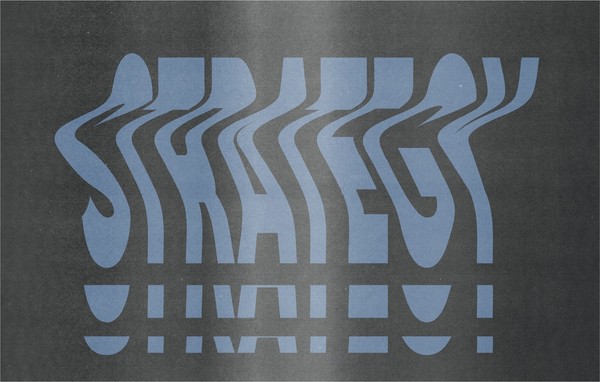???? (I see what you’re saying)
Back in the Middle Ages, when education and literacy were reserved for royalty and ecclesiastics, iconography was the main source of “written” information. (I put “written” in quotations because they are technically drawn or painted but, you know… semantics.)
If you were an uneducated serf walking down the street and saw a sign with a ?, you could probably bet it meant “Cobbler Shop,” or a sign with a ? probably meant “Stable,” and one with a ? probably meant “Get out of here. Go far, far away.”
However, despite being far more educated, literate and tech savvy than our Dark Aged ancestors, there has been a resurgence in iconographical communication:
emojis :)
On April 8, 2015, Apple released the iOS 8.3 that included over 250 new emojis including the option to choose multiple skin tones for certain ones. Now, the iPhone has over 845 emojis and the number is only growing! Who needs A-Z when you’ve got ? - ? , right?
?
So when and where did iconography/emojis make their triumphant reentry into modern communication? According to the WSJ essay, Smile! A History of Emoticons, the first emojis came from Carnegie Mellon where a joking post about a mercury spill was mistakenly taken seriously. So, faculty member, Scott Fahlman, came up with 2 emojis as a distinguisher between satirical and serious posts on a digital message board:
I propose that [sic] the following character sequence for joke markers:
:-)
Read it sideways. Actually, it is probably more economical to mark things that are NOT jokes, given current trends. For this, use:
:-(
?, right? Since then, emojis have become more intricate and have expanded to nearly every facet of digital communication where a keyboard is present. And these emojis have a seemingly infinite number of combinations that can form an almost infinite number of meanings. Anything from:
?
(happy)
to :
?????â
(you gotta be sh*tting me)
to:

(the story line of Les Miserables)
Sure, they’re fun and make us laugh, but what are the social implications of these emojis/icons? Are they inhibiting our ability to express our ideas and feelings with written language? Are we devolving back into an illiterate and iconographical society similar the middle ages? Or is it another step forward in written communication and design, combining the familiarity and hardwired positive disposition toward faces and objects with written language?
Only time will tell, as for now⦠how well can you identify emojis and the new trending language? Test your emojis knowledge at testyouremojiiq.com
?
(I’m out)
Related Posts
Where Do We Start? The Technical Audit
By: Kim Clark on 3/15/2010
Any solid SEO program should begin with at technical audit of your website.
Read More »VIA Studio Joins Google Apps Authorized Reseller Program
By:Jason Clark on 3/25/2010
VIA Studio today announced it has become an authorized reseller of the Google Apps suite of communication and collaboration tools. VIA Studio provides setup, integration & support services for businesses and organizations using Google Apps.
Read More »

